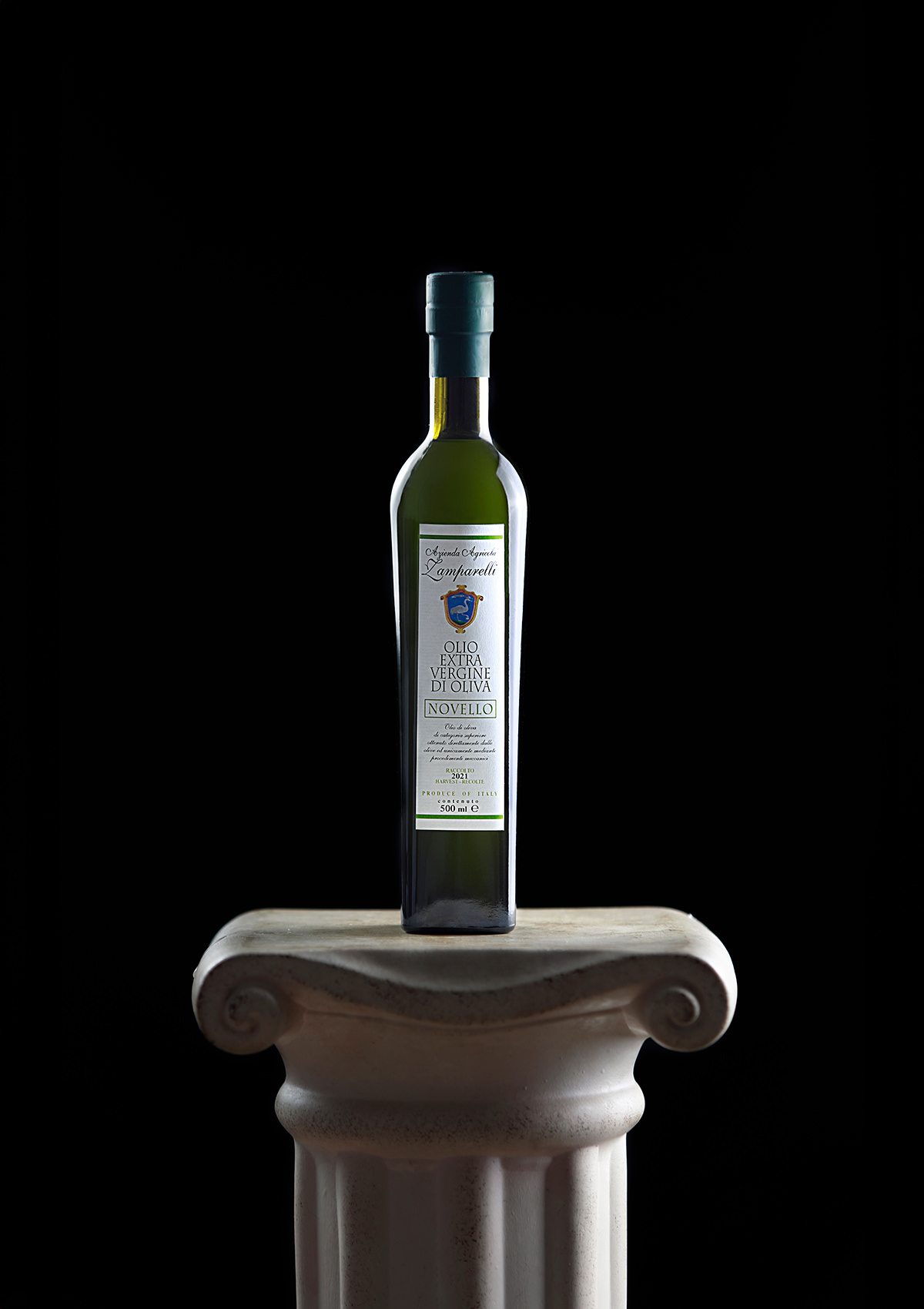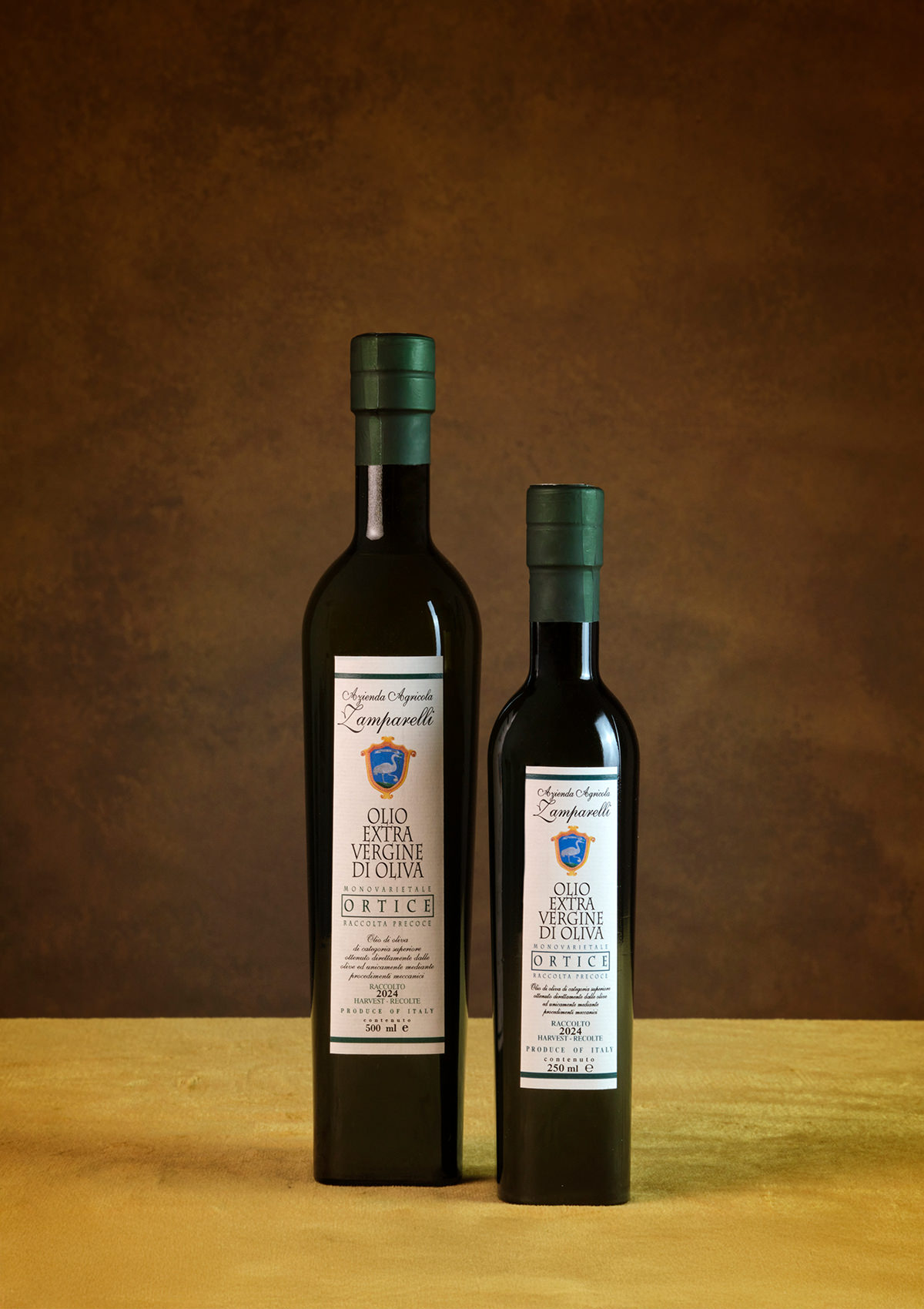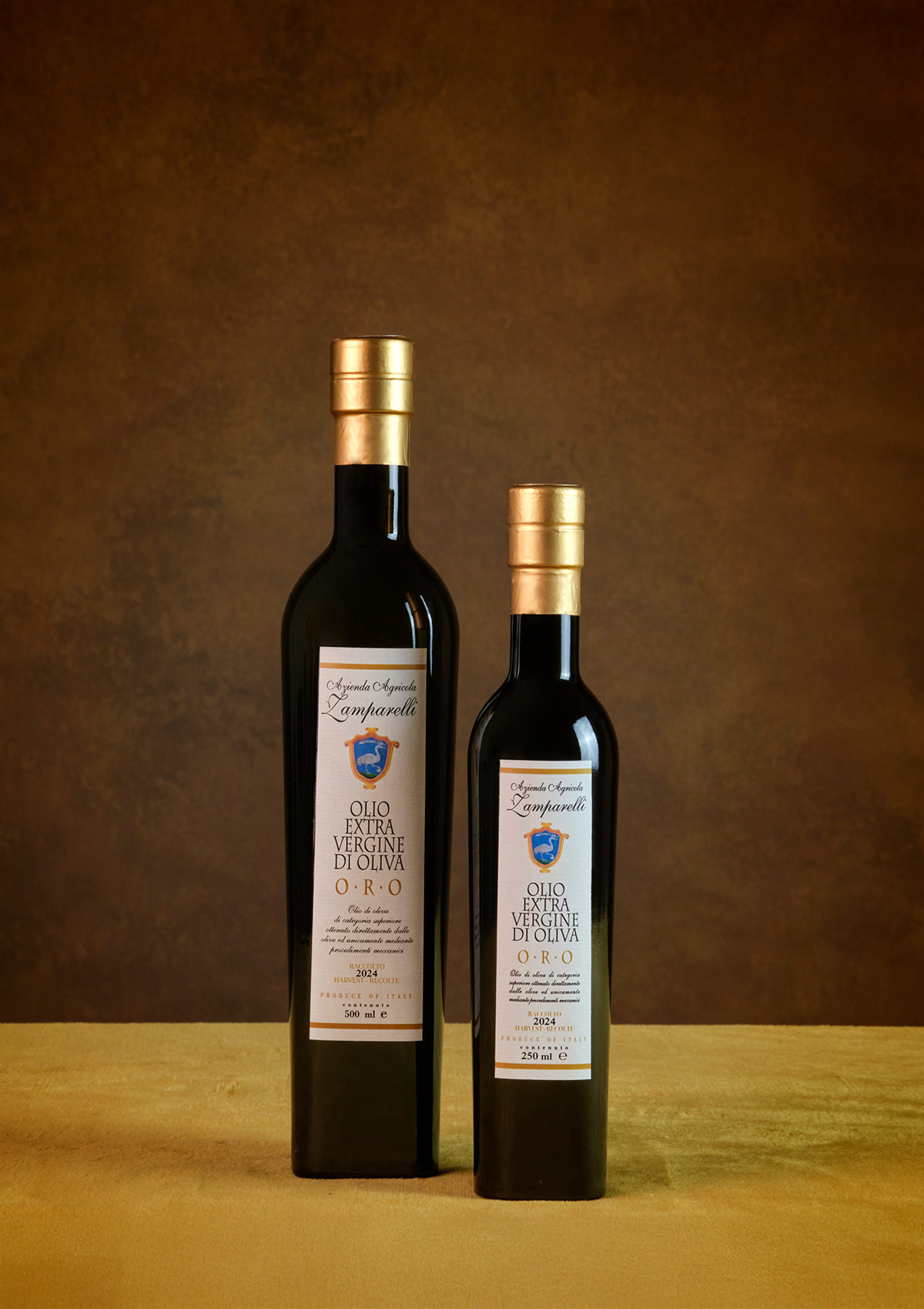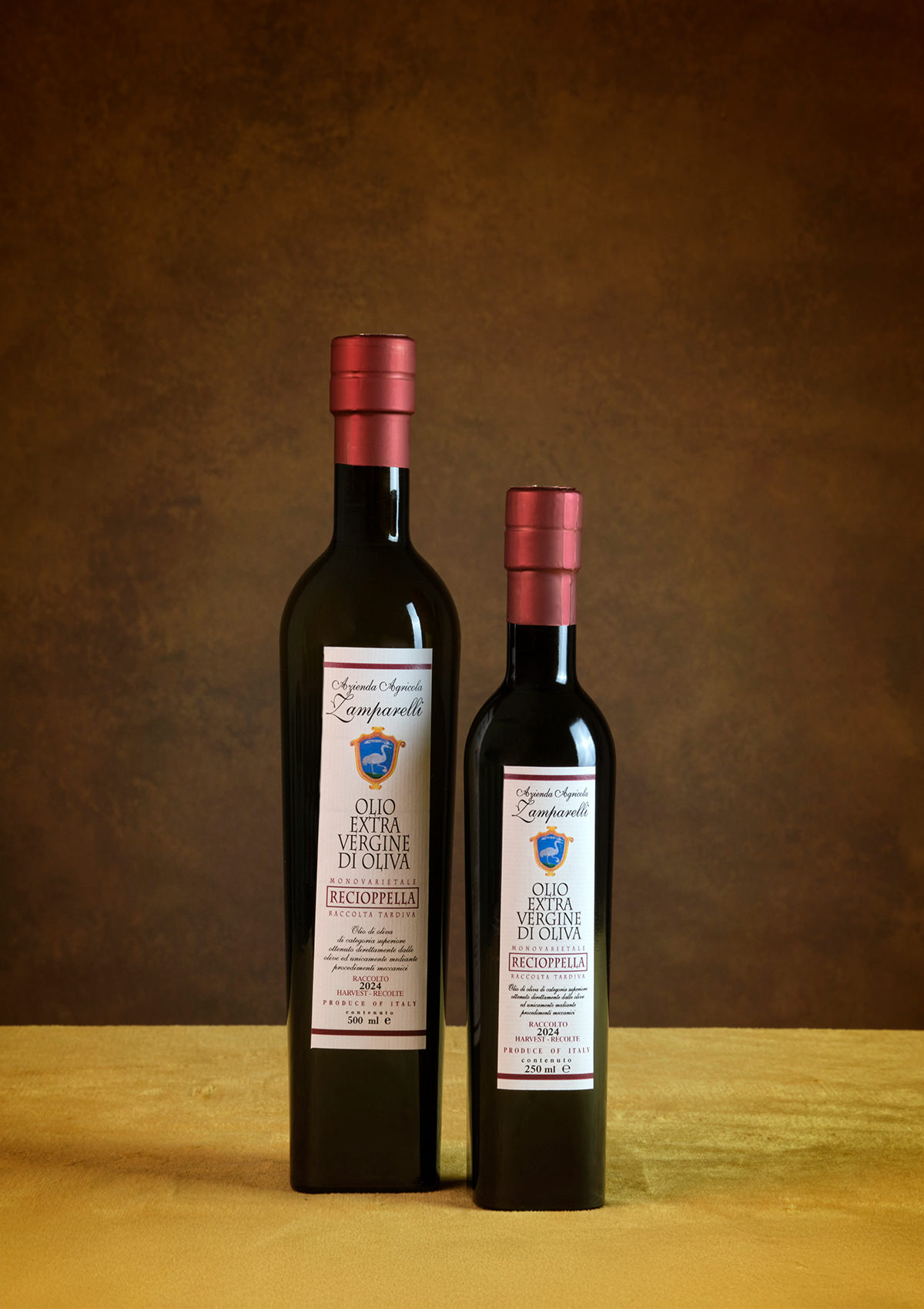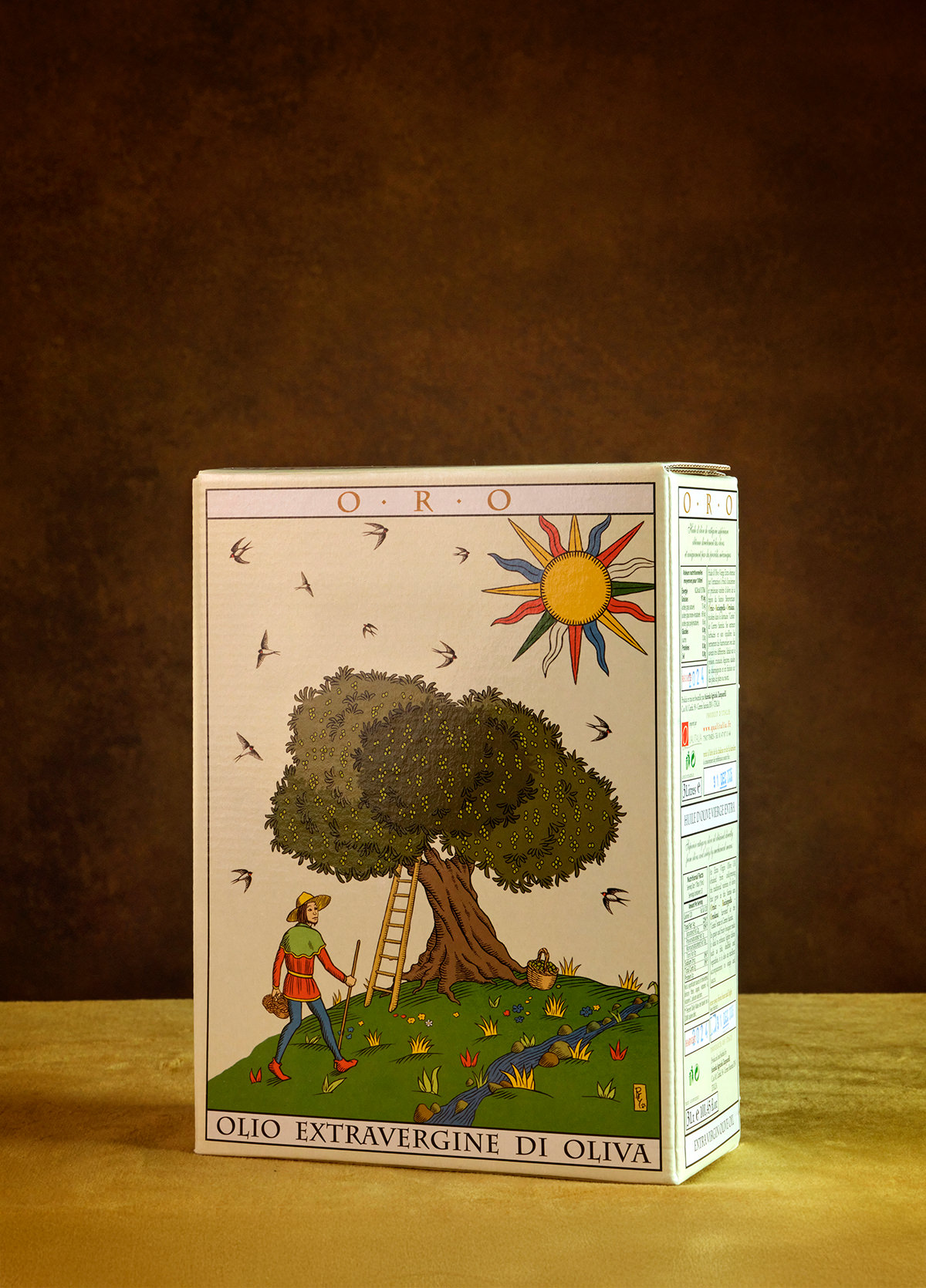Territory

The Sannio area is located in the province of Benevento, in the agricultural region of Cerreto Sannita.
Sannio is a historic region in southern Italy, inhabited by the Samnite people between the 7th-6th century BC and the 1st century AD.
The territory of Sannio covers 2,080 square kilometers and includes 78 municipalities.
Sannio is rich in history and culture, home to landmarks such as the Arch of Trajan and the Caroline Aqueduct.
Its rural landscape is characterized by a centuries-old agricultural tradition, with over 11,000 hectares of vineyardsand hundreds of wineries.
The Benevento Sannio region is an ideal destination for food and wine experiences, adventurous activities, and relaxation.
Cerreto Sannita
Cerreto Sannita is an Italian town with 3,581 inhabitants. Its historic center is located in the upper valley of the Titerno River, near the Matese Regional Park.
Cerreto Sannita is particularly renowned for its ceramic art.
The Sannio area, in the agricultural region of Cerreto Sannita, offers a rich variety of traditional products and dishes.
Typical Dishes
Baccalà alla Beneventana: A traditional dish from Benevento, featuring salted codfish cooked with cherry tomatoes, oregano, olives, and capers.
Caciocavallo Impiccato: Grilled melted caciocavallo cheese, served on toasted bread and topped with truffle, mushrooms, or prosciutto.
La Disfida della Lasagna: Unlike Neapolitan lasagna, the Beneventan version is made with pork ragù and local ricotta, without béchamel, and includes crumbled boiled eggs and small meatballs.
Minestra Maritata: A traditional soup made with a blend of mixed greens, Pietraroja ham, salted pork rind, lard, and chili peppers.
Mugliatielli or Ammugliatielli: Lamb offal rolls, made with liver, lung, sweetbreads, parsley, and garlic, wrapped in lamb intestines.
Padellaccia: A dish based on pork, peppers, and potatoes, traditionally served directly in the pan.
Scarpariello: Homemade pasta with a simple sauce of tomatoes, pecorino cheese, and basil.
Zuppa di Castagne e Fagioli: A winter dish from the local farming tradition, made with chestnuts and beans, especially the "fagiolo cerato" (waxy bean) from Cerreto Sannita.
Typical Products
Caciocavallo Silano: A gourd-shaped cheese made from local cow’s milk, available in "sweet" and "spicy" varieties.
Lamb Meat: Various areas of Sannio are known for their high-quality lamb production.
Pietrelcina Artichoke: A variety highly valued for its unique organoleptic qualities.
Bonea Onions
Tocco Caudio Cherries
Mushrooms: The forests of Cusano Mutri, Faicchio, and Cerreto Sannita are rich in porcini, honey mushrooms, chanterelles, and Caesar’s mushrooms.
Liquore Strega: An herbal liqueur produced in Benevento since 1860, with a distinctive yellow color from saffron.
Nocillo Liqueur: A walnut-based alcoholic elixir, traditionally handcrafted.
Annurca Apple: Cultivated in various areas of Benevento province, this apple holds PGI (Protected Geographical Indication) status.
Benevento Sannio Honey: Highly prized for its aromatic flavors derived from the local flora.
Extra Virgin Olive Oil "Sannio-Caudino Telesino": A golden-yellow olive oil with green hues, offering aromas of ripe apples.
Laticauda Pecorino: A cheese made from the milk of Laticauda sheep.
Montesarchio Peppers: Renowned for their nutritional richness, influenced by the region’s climate and geography.
Pietraroja Prosciutto: A dry-cured ham, aged in the attics of local homes, with an intense and distinctive flavor.
Sannio Cured Meats: Capocollo, sausage, and soppressata.
San Lorenzello and Cerreto Sannita Taralli: Traditional ring-shaped biscuits, prepared according to a centuries-old recipe.
San Marco dei Cavoti Torrone: Considered the ancestor of modern chocolate-covered hazelnut confections.
Vitellone Bianco dell'Appennino Centrale IGP: PGI-certified beef from Chianina, Marchigiana, and Romagnola cattle breeds.
Wines: The province of Benevento leads regional wine production, featuring grape varieties such as Aglianico, Falanghina, Greco, and Coda di Volpe.
